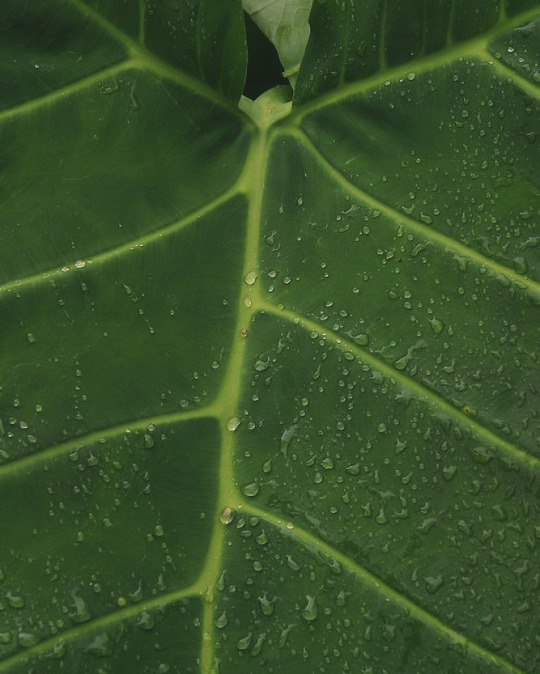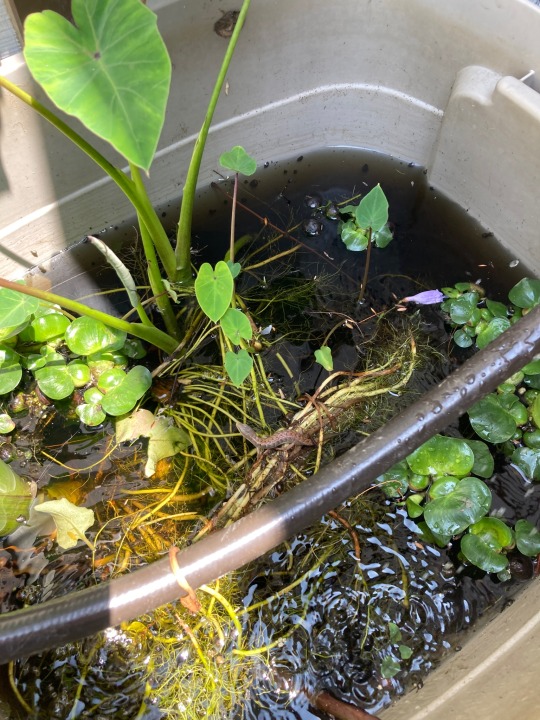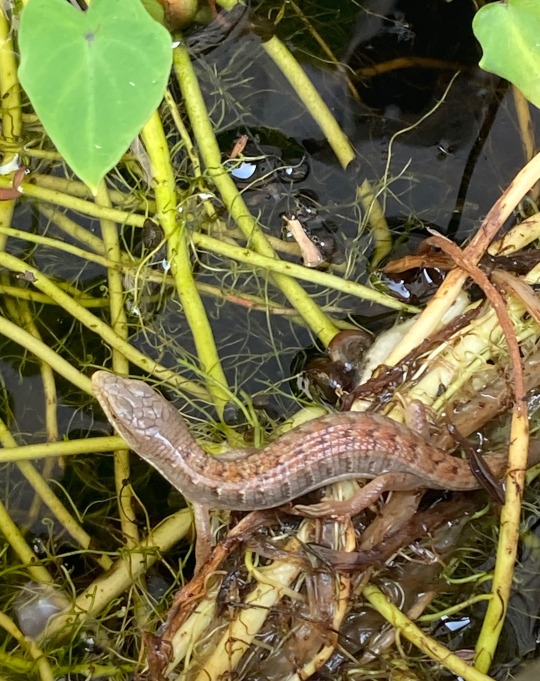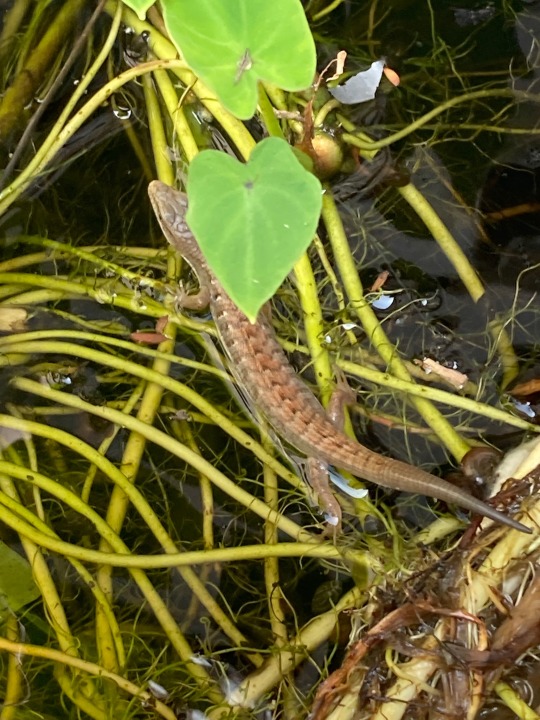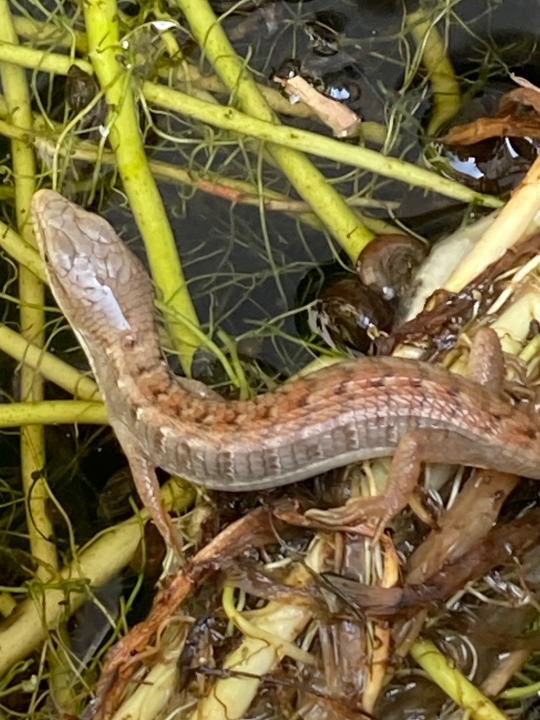#taro plant
Text

Day 14: Bird’s eye or Worm’s eye view
#improvement hell#colored sketch#taro plant#elephant ear plant#I took a picture of a taro growing in my garden for reference#did you know you can buy a little taro from the grocery store and grow it? now you know#they’re super fun plants#teleport warning draws
0 notes
Text

Some times social change can be quite delicious!
🌴🐷
🍌🌴
#history#luau#hawaii#‘aha’aina#traditional celebration#polynesian#kamehameha ii#hawaiian history#kapu system#taro plant#royalty#womens rights#hawaiian food#feminism#womens history#polynesian history#historical food#sexism#womens empowerment#pork#bananas#food#hawaiian royalty#social justice#historical figures#king#food history#hawaiian culture
0 notes
Text

Taro Coconut Sago Dessert Soup 椰汁芋頭+芋圓西米露 (Vegan-Friendly)
#vegan#desserts#chinese cuisine#east asian cuisine#mid autumn festival#dessert soup#sago#taro#ube#sweet potatoes#coconut milk#plant milk#grass jelly#coconut sugar
70 notes
·
View notes
Text

Tasty Vegan Taro Iced Tea
#taro#drinks#iced tea#tea#pink#tapioca#tapioca pearls#boba#boba tea#bubble tea#green tea#taiwanese#dairyfree#dairy free#vegan#veganism#vegetarian#plantbased#plant based#tasty#delicious#food photography#foodphotography#foodporn#food porn
73 notes
·
View notes
Text
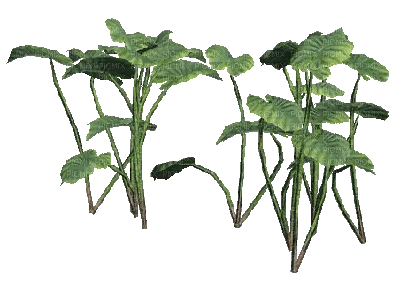
Taro plants
#aestethic#gif#flowers#plants#taro#go leafs go#pixel gif#pixel aesthetic#pixel graphics#pixel animation#only in hawaii#forest aesthetic#trees#greenery#forest photography
40 notes
·
View notes
Text

8 notes
·
View notes
Text

#photography#iphone photography#original photography#photographers on tumblr#plants#plantblr#florida#colocacia#taro#forest#elephant ears
21 notes
·
View notes
Text

4/3/24 ~ lil elephant ear I got last October and planted late in the season has returned 🥹 I honestly didn’t know if it’d make it or not, but she’s here ✨
#elephant ear plant#elephant ear#taro#taro root#tropical plants#ornamental#ornamental landscape#ornamental plants#bulbs#flower bulbs#horticulture#sustainable agriculture#organic gardening
3 notes
·
View notes
Text

Does anyone else ever get the urge to just like machine gun Boba outta your mouth like a real life pea plant from PVZ? LOL it would be sooo satisfying 🤣 just pew pew pew 🤣🤣🤣
4 notes
·
View notes
Text
Plants got thrips :((((
#these motherfuckers just won’t die#die already. DIE !!!!!#it’s been almost two weeks ToT#ive tried neem oil I’ve tried soap water I tried both neem oil and soap water#I just had to throw out two plants cause they were irredeemable and threatened to infect my other plants#sigh…. the struggles of being a plant lover…..#at this point I need a hazmat suit and a fucking insecticide gas chamber#I hate you thrips. I HATE YOU !!!#taro speaks
4 notes
·
View notes
Text
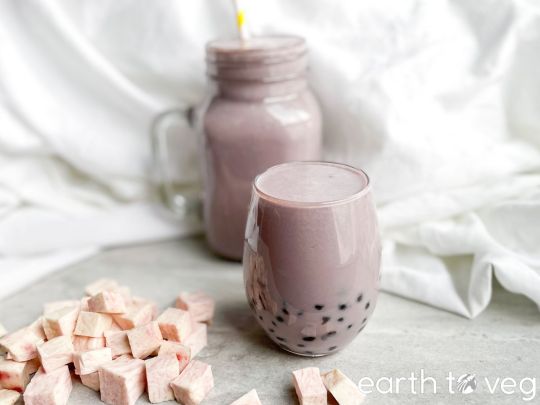
Fulfill your milk tea craving by making your own Taro Bubble Tea at home - and go check out my Easy Blender Taro Paste recipe to make it a creamier experience!
#vegan#food#vegan food#foodgasm#plant based#food porn#homecook#from scratch#healthy meal#delicious recipes#healthy food#meal plan#yummy recipes#meal ideas#vegan recipes#taro#taro boba#boba#bubble tea#diy bubble tea#fresh taro paste#sweet tooth#milk tea#taro milk tea#all natural#taiwanese taro#boba beverage#diy milk tea#tea#homemade boba
22 notes
·
View notes
Text


Two new outfits i managed to finish in SDV. Wish i'd had the first one for my weddint day but ALAS you can't win them all.
#luly talks#the second one im supr happy w tho like i put so many geodes into trying to find that mask again#geodes i traded i wasnt insane#SDV is a dress up game for me KAUJHGNJYHB#rn im also planting taro tubers so i can buy those hats that I DIDNT EVEN KNOW EXISTED.#it is my goal to collect every clothing item i can in this game heaaart#yall should see my wardrobe lmao
2 notes
·
View notes
Text

Lilac Taro Yam Snowskin Mooncakes (Vegan)
#vegan#sweets#chinese cuisine#east asian cuisine#mid autumn festival#mooncakes#taro#rice flour#glutinous rice flour#plant milk#blueberry jam#coconut sugar
68 notes
·
View notes
Text
youtube
We’re in a plant-filled laboratory and greenhouse at the St Lucia campus of University of Queensland. Here scientists are studiously observing hundreds of taro plants, trying to unlock the secrets of a new kind of taro that’s ready for the challenges of climate change-both at home and abroad, in an international research partnership with Fiji. Subscribe 🔔 http://ab.co/GA-subscribe
Taro (Colocasia esculenta cv.) is a tropical plant primarily grown for it’s sweet, starchy, edible corms, which are a hugely important food crop globally. A staple food in African, PNG, Asian, Caribbean and in particular Polynesian cultures, taro is believed to be one of the earliest cultivated plants. In 2018 global production was over 10 million tonnes.
Despite this global importance, the crop remains somewhat neglected in scientific research, particularly when compared to commodity crops like wheat. “Taro fits in what we call ‘orphan crops’, where all the research funding attention in Australia focuses on larger staple crops at the expense of others. It means we can make advances with these ‘orphan crops’ quickly, as there’s less improvements that have been made already” says plant physiology researcher at the University of Queensland, Dr Millicent Smith.
As part of the research project, Millicent and her team of researchers have been taking different taro plants (collected over a 20-year project!) and subjecting them to varying degrees of salinity, and seeing who survives.
Various taro seedlings are placed into containers not unlike self-watering pots, and then submitted to different degrees of salinity, precisely calibrated. Their reactions are recorded on cameras.
Parallel to this is detailed genetic mapping, looking to correlate particular genetic “markers” in taro with better performance in salinity. Once these genetic markers are identified, it makes it easier to identify them in other taro varieties.
“We observe how plants react to these salinity treatments. Plants can adjust to salinity osmotically (through diffusion of water/fluid-pH), but toxic ions still build up. Some plants like saltbush have a strategy for dealing with these ions. We’re finding out what the key traits are for taro to survive this salinity. We want to find the mechanism. Once we do that, we can bring any mechanism we find back through plant breeding”.
Salinity can reduce a plant’s ability to absorb water, resulting in symptoms like drought; stunted growth, poor germination, leaf burn, wilting and death. Salinity can also affect nutrient availability and uptake.
“We try to understand the process of how these plants were domesticated, and through that we’re trying to find traits that may have inadvertently selected against in the past, that may help”.
But the search for the taro of the future doesn’t stop within the confines of existing taro cultivars. All along the Brisbane River and surrounding tributaries, taro thrive on muddy embankments, thought to be escapees from gardens and farms.
The hope is these Brisbane-brand emancipated taro populations may hold the key to keep the crop going in a not-so-distant future climate.
Perhaps nowhere is the reality of climate change clearer than in the Pacific Ocean. As sea levels rise, small island nations like Tonga, Samoa and Fiji find themselves increasingly dealing with rising soil salinity. Coincidentally, many of these countries also rely on the taro as a staple food, grown largely in coastal areas. As salinity in arable areas increases, the future of this essential food is under threat.
Dr Brad Campbell is a molecular biologist at the University of Queensland which has been working in partnership with the national scientific body of Fiji to address this very problem.
The future of growing food in a changing climate is uncertain, but one thing is definite; crops everywhere will need to get by in harder, more changeable conditions. It’s humbling to think that the answer to feeding millions of people may be sitting on the muddy banks of the Brisbane River, waiting patiently to be discovered.
Featured Plant:
TARO - Colocasia esculenta cv.
Filmed on Turrbal & Yuggera Country | Brisbane, Qld
#gardening australia#Australia#solarpunk#plants#University of Queensland#scientists#plant physiology#Dr Millicent Smith#Millicent Smith#taro#climate crisis#Brisbane River#Pacific Ocean#sea water#Tonga#Samoa#fiji#Brad Campbell#biologist#food#Youtube
6 notes
·
View notes
